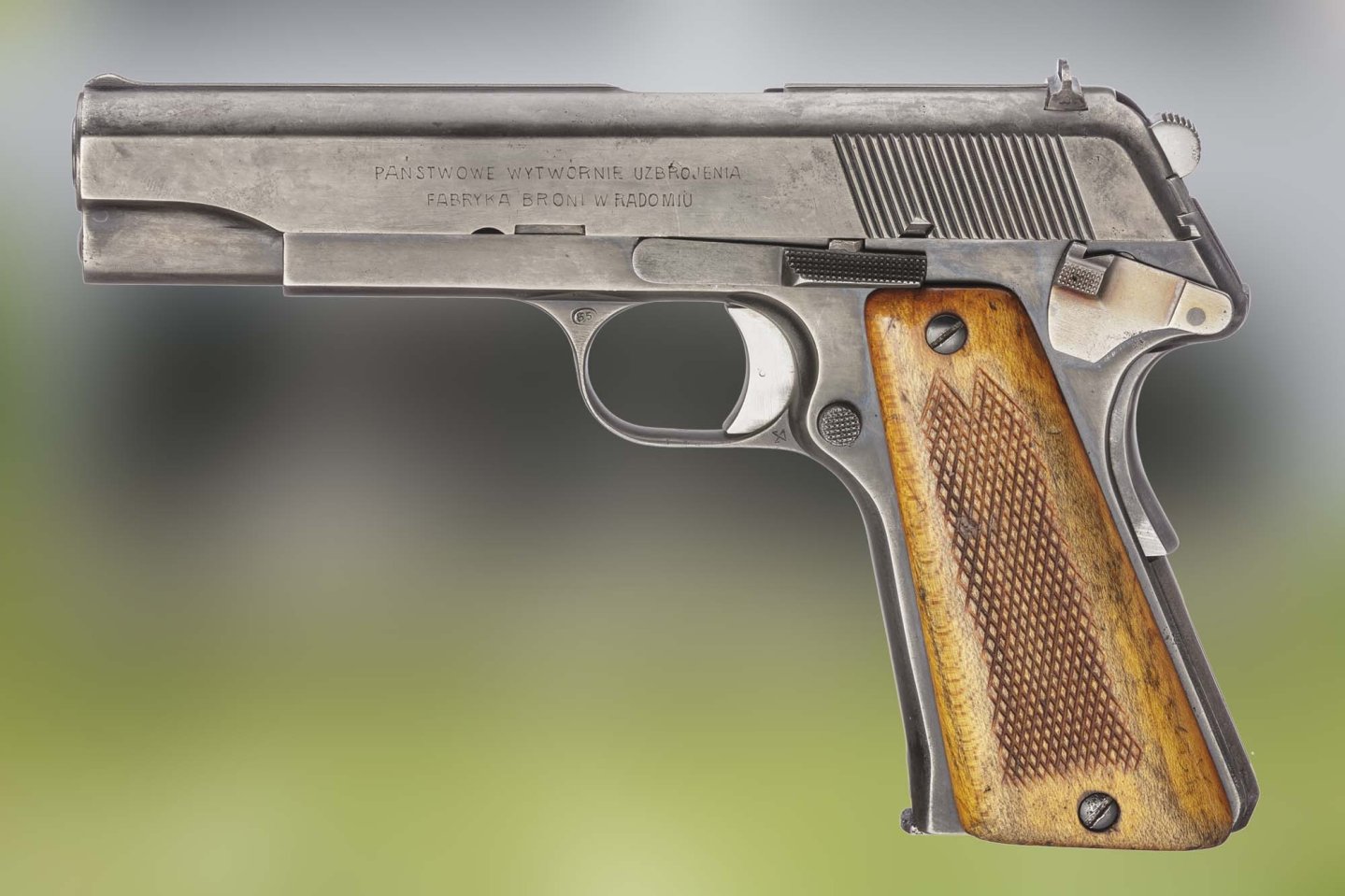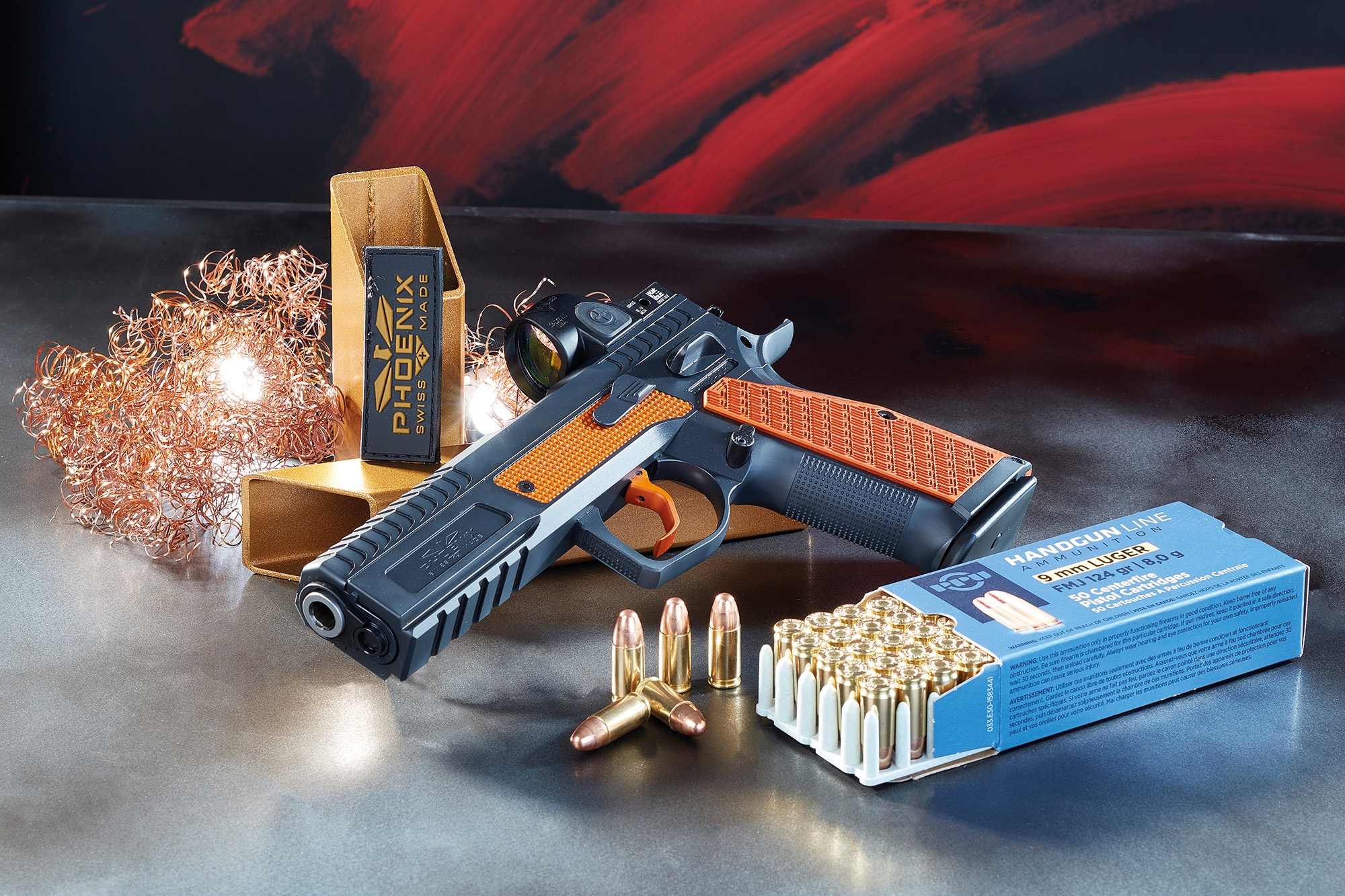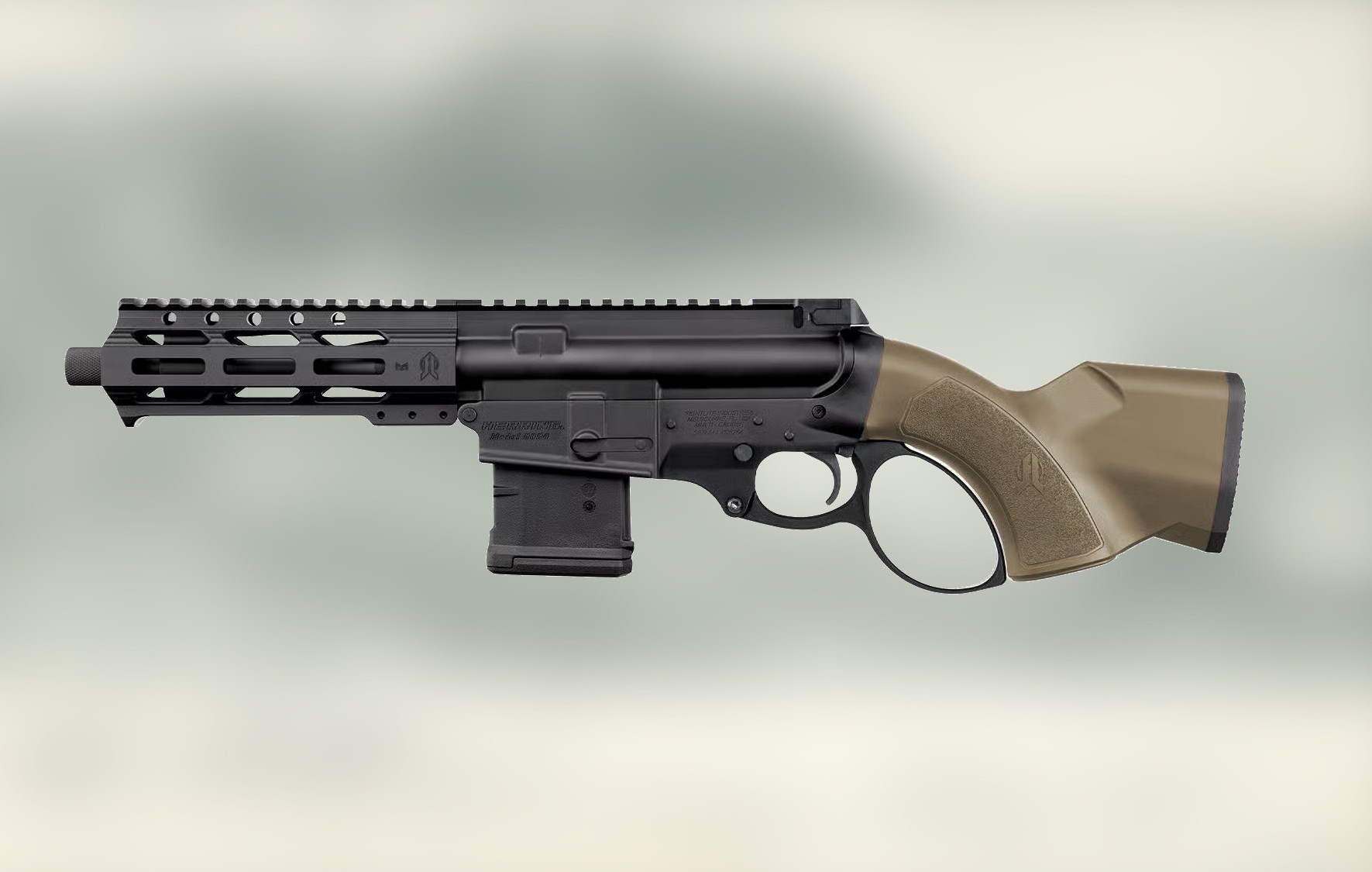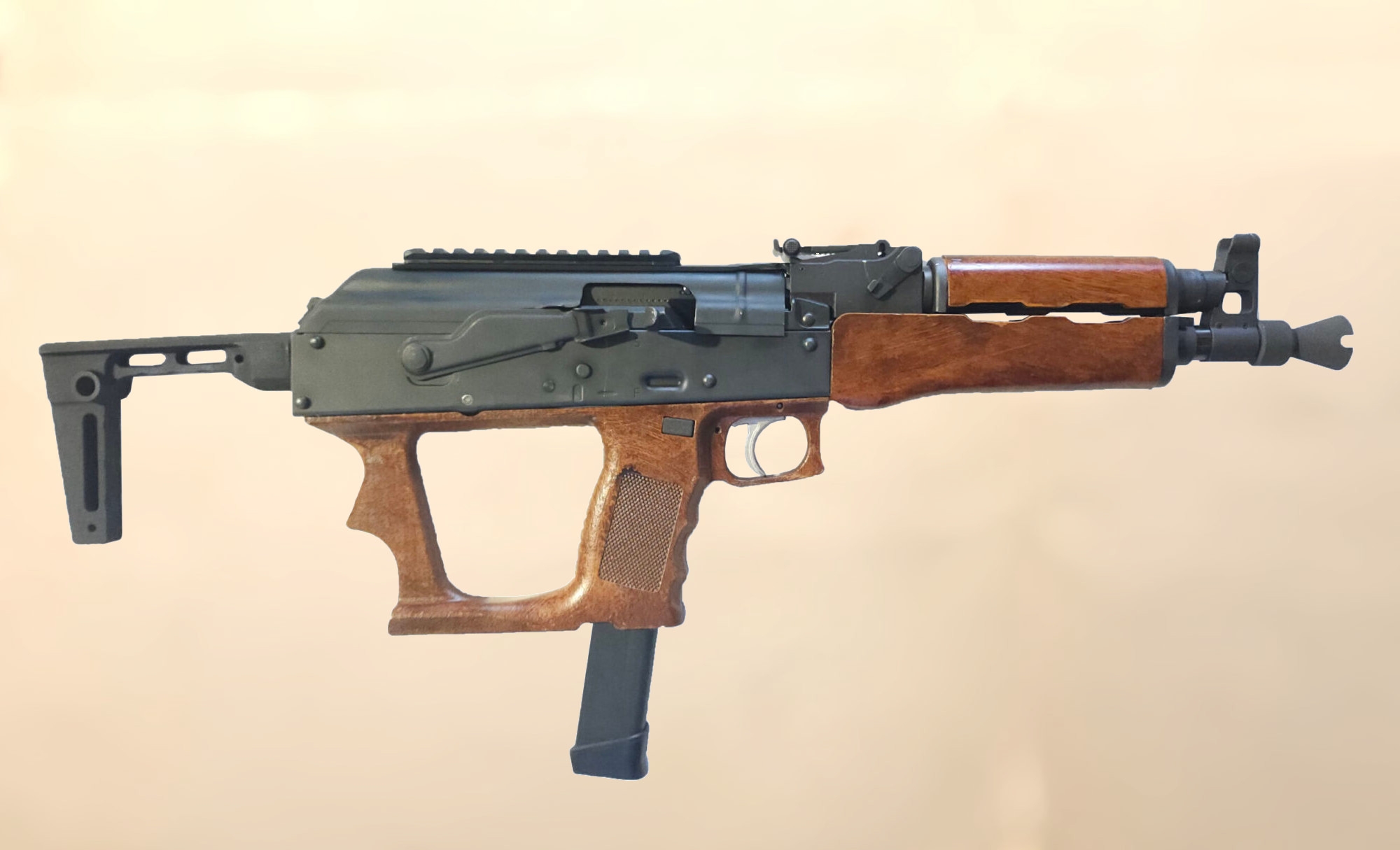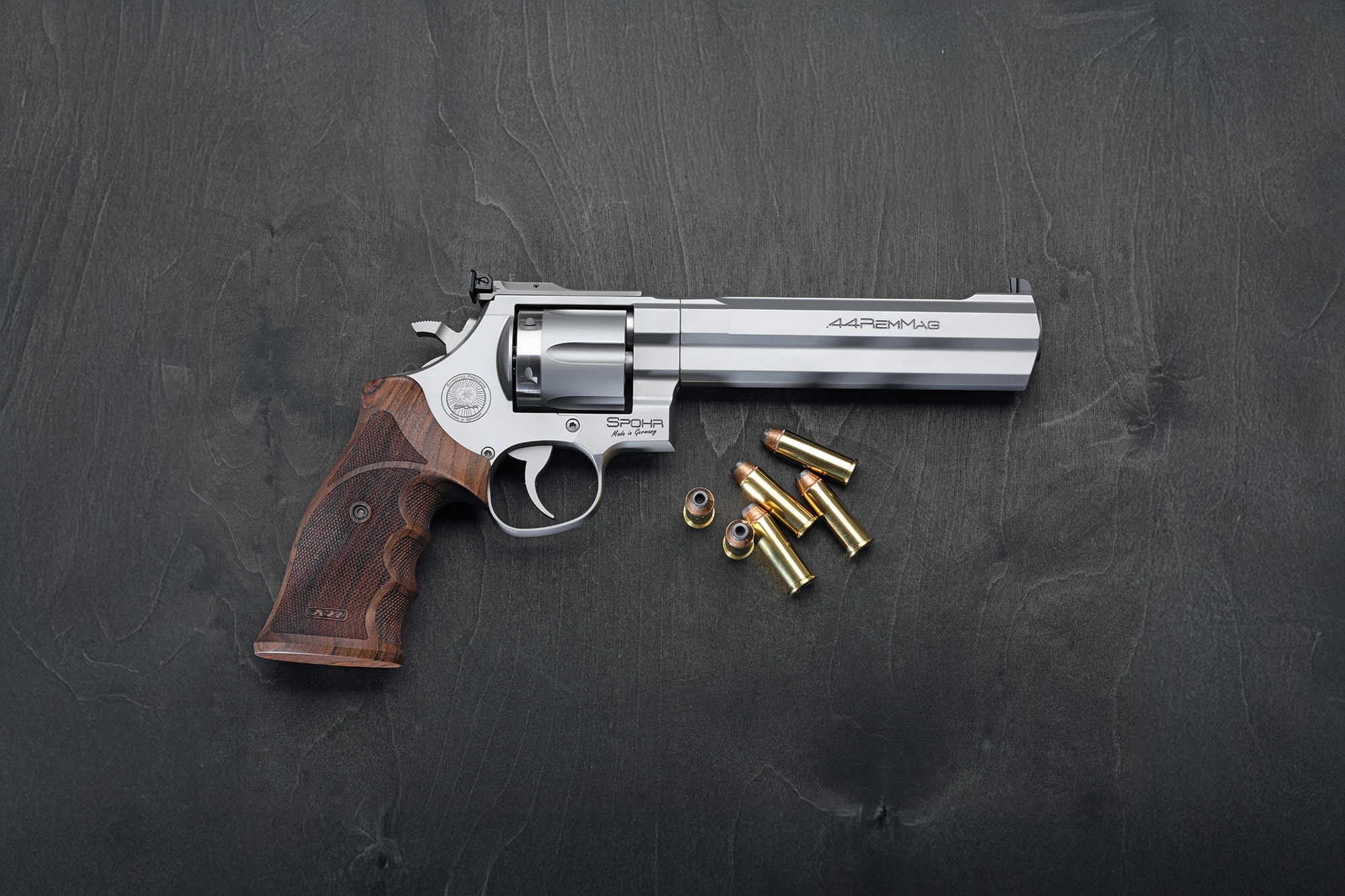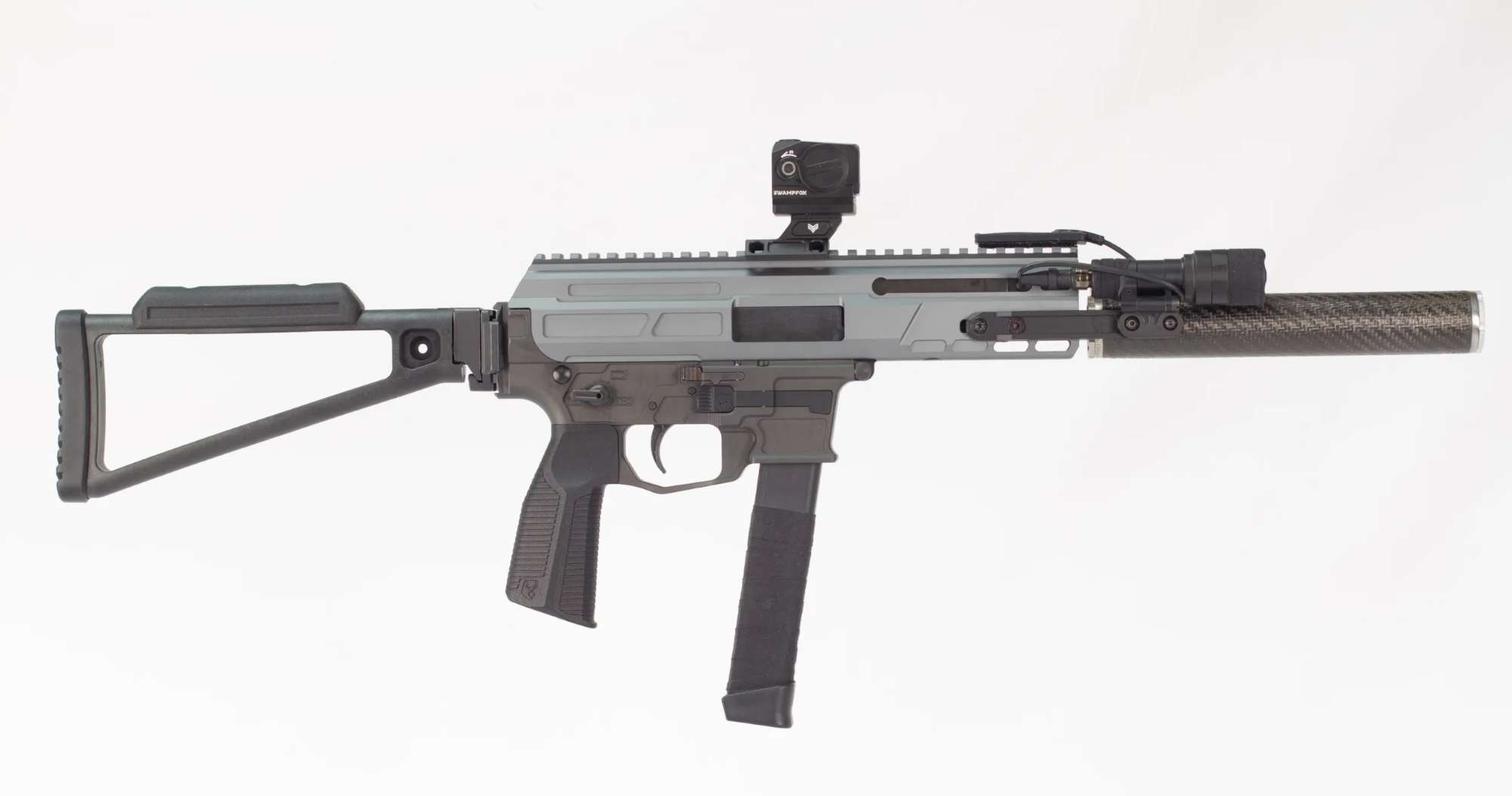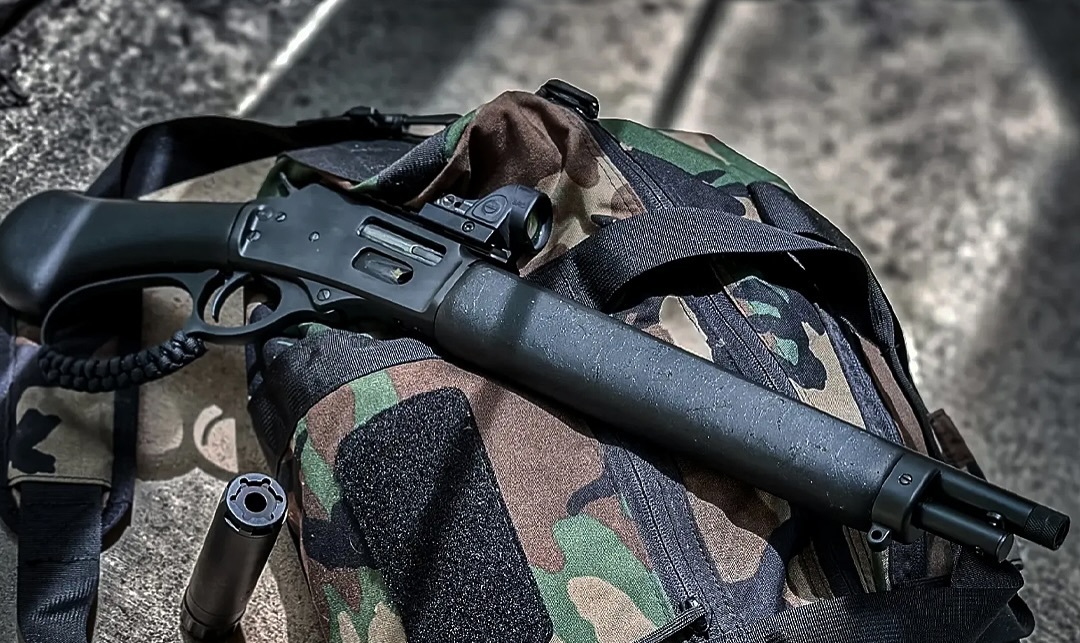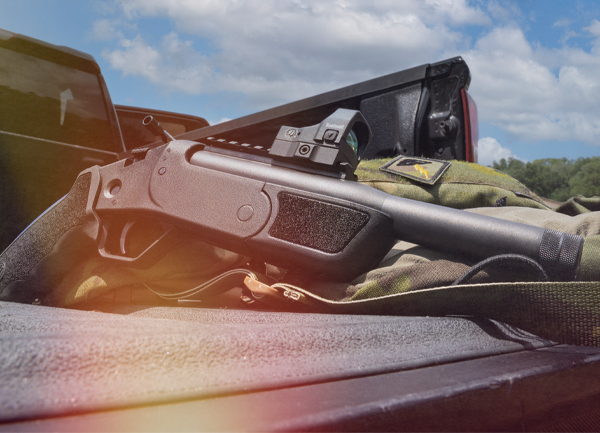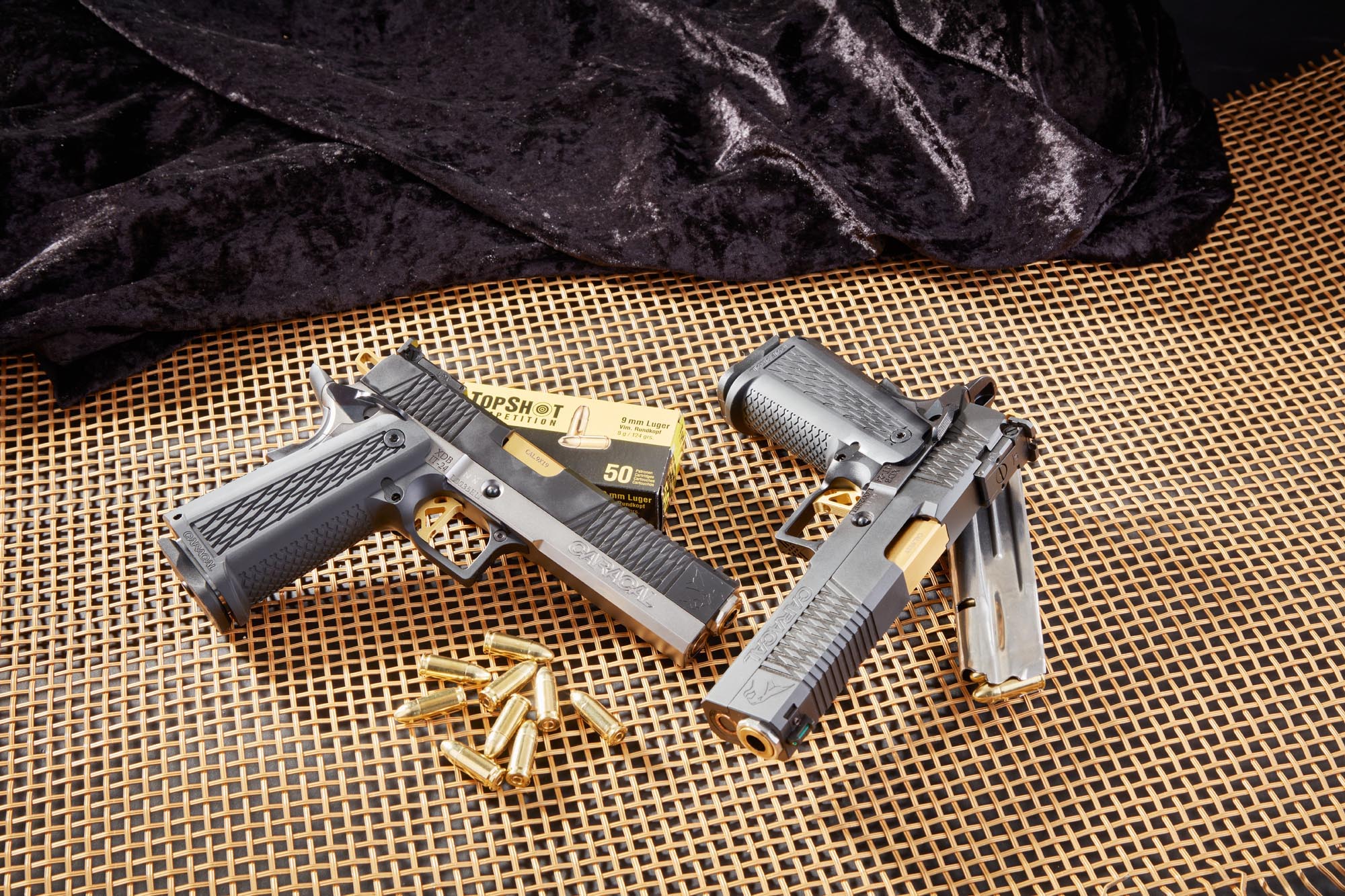The pistol that sold for the highest price during the Hermann Historica "Antique and Modern Firearms" auction and set a record with 58,000 euros was a pre-series Model 35, with serial number 12, manufactured in the factory at Radom, Poland, of at the beginning of 1935. Another example of Vis 35 made in 1938 was sold for 4600 euros – not bad for a gun that until recently was often underrated by the collectors market.
The Vis 35 "Radom" pistol, Polish pride - what does the name "Vis" stand for?
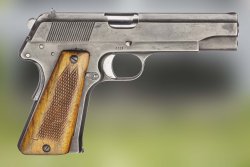
After the end of World War 1, many European armies began to review their armament, based on direct experience or by studying the events of the war. This was also true for Poland, reconstituted by the Allies in 1918 as a buffer state between Russia and Germany. The newborn Polish army was equipped with the KbK Wz. 1898 rifle, actually a Mauser K98 built in the Gdansk arsenals, so it was necessary to select a service pistol. After a series of inconclusive tests, which involved companies such as Mauser, Breda and Skoda, the General Staff decided to accept an innovative project developed in Poland by engineers Piotr Wilniewczyc and Jan Skrzypiński in the early 1930s. After the usual series of prototypes, tests and modifications, the Vis 35 pistol was accepted and went into production in 1935 at the Fabryka Broni (arms factory) in Radom. In 1936 it was officially adopted by the Polish army.
At first, the acronym Vis should have been written as “WIS”, to allude to the initials of the designers Wilniewczyc and Skrzypiński, but the Polish military requested to change it to “Vis” to recall the Latin word meaning "strength".
Often the Vis 35 is referred to as a copy of the 1911 chambered in 9mm Luger, and in fact many aesthetic features recall the US pistol. But from the mechanical point of view, it is actually more similar to a Browning Hi-Power (HP-35), a gun of which it is a contemporary and that certainly Wilniewczyc and Skrzypiński had the opportunity to study.
The Vis 35 is a locked-breech semi-automatic pistol in caliber 9mm Luger with a single-action trigger. The single-stack magazine has a capacity of 8 cartridges and in contrast to the European fashion of the time, the release button is located close to the trigger guard. The pistol features an automatic safety on the back of the grip and a decocker on the slide. No manual safety is provided. The sights consist of an adjustable V-shaped rear notch and a front sight integral with the slide, placed at the end of a finely checkered rib. As was the custom at the time, the sights were factory set at a distance of 25 meters. The barrel measures 4.5”/115 mm, for an overall length of 8”/205 mm. The weight of the gun with empty magazine is 36.15 oz/1025 grams. The grip, with its unique bell-shaped contour, has a pair of Bakelite scales with the FB (Fabryka Broni) logo and in the first series also a slot that allowed the attachment of the shoulder stock/holster. Later on, this feature was discontinued, probably to speed up the production of the handgun.
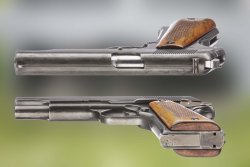
The locking system is quite different from that of the Colt 1911: the first thing you notice when disassembling the pistol is that there is no barrel link, replaced here by a cam locking system very similar to that of the FN HP-35. Even the recoil spring assembly is decidedly different, with a spring guide rod featuring an internal buffer. There is no barrel bushing either.
It is interesting to note that there is a hammer decocker, usually present on guns with double-action/single-action trigger, while the Vis 35 is single-action only. Apparently this modification was requested by a cavalry officer who was part of the project examining committee, concerned about the possibility of unintended discharges during galloping attacks, when one of the rider's hands was busy holding the reins. Today this detail seems absolutely anachronistic, but at the time it was taken into great consideration – so much so that it was included in the final version.
Another peculiarity that has often associated the Vis 35 design with that of the Colt 1911 is the slide-stop lever on the left side of the frame, in a position similar to that of the 1911. And here the differences between the two projects come into play. In the Vis 35 this lever is in fact used for the disassembly of the gun that starts by pulling back the slide and locking it in the disassembly position by pushing upwards the lever itself. You must then pull forward the spring guide rod that protrudes from the slide front and this will allow you to pull out without any effort the crossbar. At this point the disassembly lever can be lowered and the slide will be disengaged, allowing it to be separated from the frame.
Vis 35s pistol: A gun very appreciated even modified by the enemy
The examples belonging to the first years of production are distinguished by workmanship and finish levels – ranging from good to excellent – that can be found on very few similar products. After the invasion of Poland by the Nazis, who proved to particularly appreciate the accuracy and reliability of the Vis 35, production resumed to supply guns to the navy, paratroopers and military police officers. Renamed P35, the Vis 35s built under German control underwent some modifications and simplifications, the most obvious being the removal of the disassembly lever (replaced by an ingenious modification to the hammer that could be used to lock the slide open). However, the steady increase in the pace of production and especially the understandable lack of commitment by the forced workers (which in some cases resulted in outright sabotage) caused a progressive collapse in workmanship quality.
The guns made during the Nazi occupation are therefore afflicted by fits and finishes of increasingly poor quality. At some point, to avoid that the guns produced in Poland ended up in the hands of partisans, they were manufactured without the barrel: the latter was manufactured in Austria by Steyr, which also proceeded to the final assembly of the pistols. When in 1945 the Red Army was getting dangerously close to Radom, the whole production chain was dismantled and transferred to Steyr, in Austria. Steyr completed the manufacturing of a few thousand guns, recognizable by the suffix K in the serial number and by the roughly checkered wooden grips. In total it is estimated that about 49,000 guns were produced by Fabryka Broni before the invasion of Poland, while the number of pistols made under Nazi control is about 310 to 380,000.
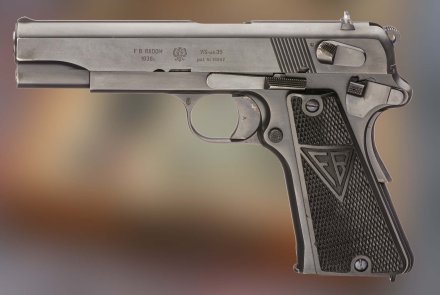
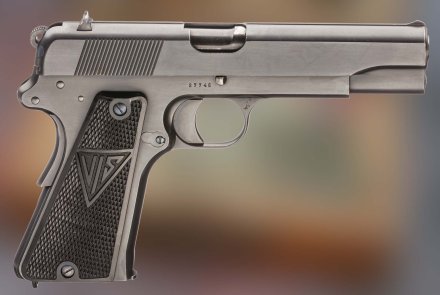
The Vis 35 pistol (serial nr. 12) sold at a Hermann Historica Auction in 2021
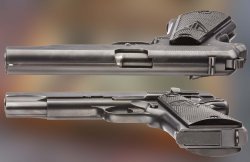
During the most recent auction organized by the German auction house Hermann Historica, a pre-series specimen of the Vis 35 was sold for a record 58,000 euros, a once unthinkable figure for a service pistol that is anyway marginal if compared to the usual best sellers such as Lugers, Borchardts and Mausers. What pushed the anonymous collector to pay such an amount is certainly the excellent state of preservation of the gun and the serial number 12 that indicates its status of "pilot series" gun. Compared to the final model, there are some different details, first of all the absence of the hammer decocker and then the grips, which are made from checkered and painted wood. In addition, the hammer is a full type, therefore without the characteristic hole. On the left side of the slide is marked "Panstwowe Wytwórnie Uzbrojenia / Fabryka Broni w Radomu" or "State Arms Factory of Radom".
Another example of Vis 35 that was auctioned for the handsome sum of 4600 euro is instead an example of the great care with which these guns were mass-produced before the German invasion. The pistol was manufactured in 1938 and has the serial number 27746. On the left side of the slide there are the markings "F.B. RADOM Vis wz35 1938r pat Nr. 15567" surrounding the outline of the Polish eagle. The grip is the first type, i.e. with milling for the shoulder stock/holster. Considering the excellent conservation state, it is reasonable to assume that the gun was never used in combat.
Today, following gun auctions online is much easier than many years ago, when everything was printed on paper and sent by mail. The sites of the big firearms auction houses like Hermann Historica are veritable online museums, to be visited if only for the pleasure of admiring pieces of great interest. We often do this and will continue to do so, proposing the firearms with the most interesting history. Stay tuned!
Vis 35 pistol: technical specifications
| Manufacturer: | Fabryka
Broni of Radom (Poland) |
| Model: | Vis 35 |
| Type: | Semi-automatic pistol |
| Caliber: | 9mm Luger |
| Action: | Recoil
operated, locked breech |
| Trigger: | Single action |
| Safeties: | Automatic
on the grip, hammer decocker |
| Sights: | Adjustable
rear, fixed front sight |
| Magazine: | Single-stack
8-round |
| Barrel
Length: | 4.5”/115
mm |
| Weight: | 36.15 oz/1025 g |


